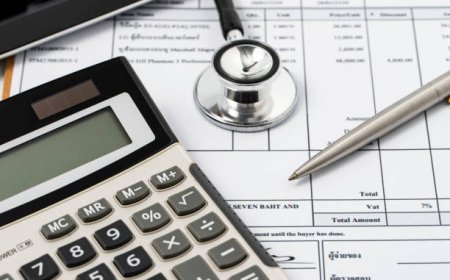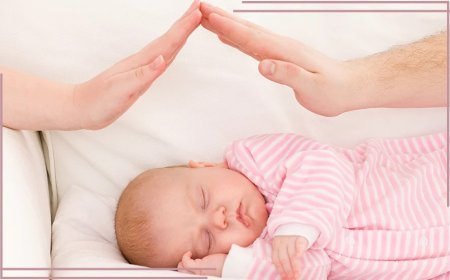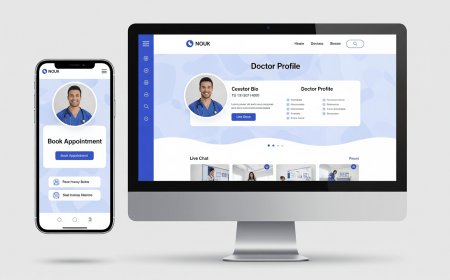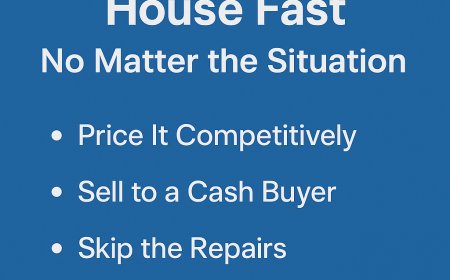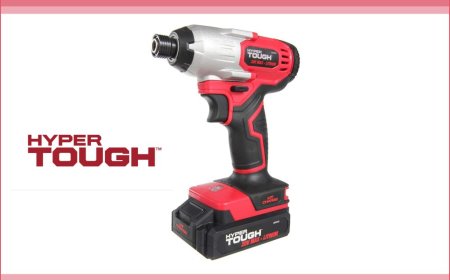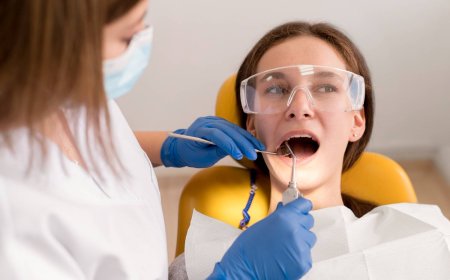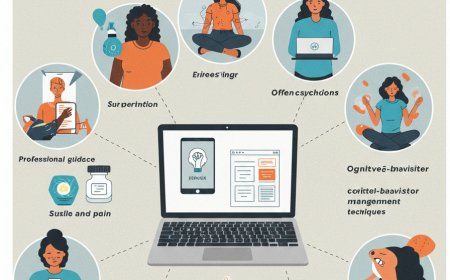Ready to Take a Sleep Apnea Test? Here’s Exactly What to Expect
Below is a clear, step-by-step guide that walks you through everything: how the test works, what you’ll need to do, what the results mean, and what happens after.
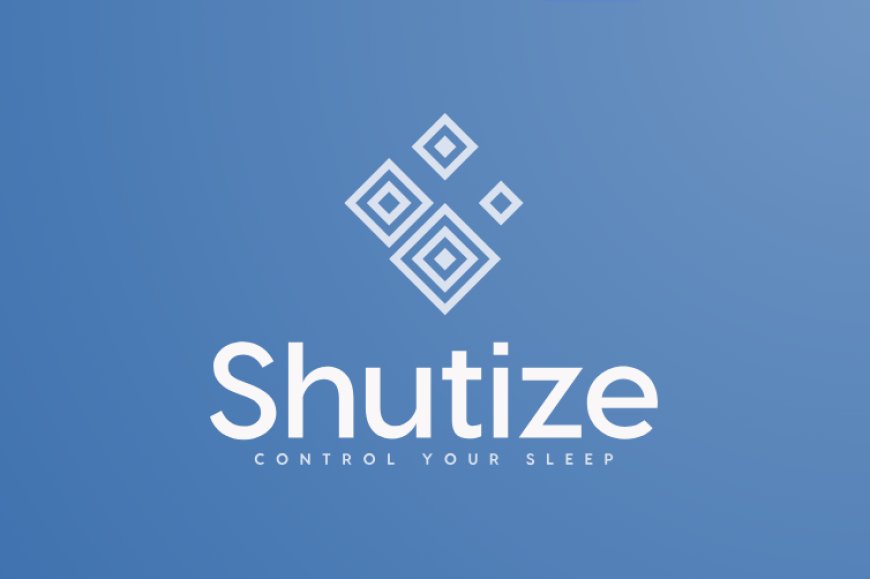
Youve read about sleep apnea. You know the symptomssnoring, fatigue, waking up gasping. Maybe a partner has nudged you (literally or figuratively) to do something about it. Now youre wondering what asleep apnea test actually involvesand whether its worth the effort.
Heres the short version: its absolutely worth it, and the process is easier than most people expect.
Step 1: Understand Why a Sleep Apnea Test Matters
Sleep apnea is a condition where your breathing repeatedly stops during sleep. Each time this happens, your body briefly wakes up to restart breathingeven if you dont remember it. The result? Poor sleep quality, low oxygen levels, and serious health risks over time.
Left untreated, sleep apnea increases the risk of:
-
High blood pressure
-
Heart disease
-
Stroke
-
Diabetes
-
Depression
-
Chronic fatigue
-
Accidents from daytime drowsiness
A sleep apnea test is the first step to getting a diagnosisand a treatment plan that helps you sleep better and live longer.
Step 2: Talk to Your Doctor
If you suspect sleep apnea, dont self-diagnose. Make an appointment with your primary care doctor or a sleep specialist. Come prepared with details:
-
Do you snore?
-
Do you wake up gasping or choking?
-
Are you tired even after a full night of sleep?
-
Has anyone noticed you stop breathing while sleeping?
Your doctor will likely recommend one of two types of sleep apnea tests, depending on your symptoms and health history.
Step 3: Choose the Right Type of Sleep Apnea Test
Option 1: Home Sleep Apnea Test (HSAT)
This is the most common and convenient option, especially if your symptoms clearly point to obstructive sleep apnea (OSA).
Youll be given a portable test kit that includes:
-
A nasal cannula (to measure airflow)
-
A pulse oximeter (to monitor oxygen levels via your finger)
-
A chest or abdominal belt (to track breathing effort)
You wear the sensors overnight in your own bed. The next day, you return the device so a sleep specialist can analyze the data.
? Pros: Easy, comfortable, fast
? Cons: May miss other sleep disorders
Option 2: In-Lab Sleep Study (Polysomnography)
This is a more detailed test done at a sleep center. Its recommended if:
-
You may have central sleep apnea or another disorder
-
You have other underlying health issues
-
Your home test results were inconclusive
During the test, technicians monitor:
-
Brain waves
-
Eye movement
-
Heart rate
-
Breathing patterns
-
Oxygen levels
-
Muscle and limb movement
Youll sleep overnight in a private room with monitoring equipment.
? Pros: More thorough and accurate
? Cons: Less convenient, more expensive
Step 4: Get Your Results and Diagnosis
Once the test is complete, a sleep specialist will review your data and calculate your Apnea-Hypopnea Index (AHI). This measures how many breathing disruptions you had per hour of sleep.
Heres how it breaks down:
-
04 = Normal
-
514 = Mild sleep apnea
-
1529 = Moderate
-
30+ = Severe
Youll also get information about your oxygen levels, sleep stages, and any unusual patterns. This diagnosis forms the foundation of your treatment plan.
Step 5: Start Treatment (If Needed)
A positive sleep apnea test result means its time to treat the conditionbut dont worry. Treatment is often simple, effective, and life-changing. Common options include:
? CPAP Therapy
CPAP (Continuous Positive Airway Pressure) uses a machine that delivers a gentle stream of air through a mask to keep your airway open. Its the gold standard for moderate to severe OSA.
? Oral Appliances
These custom-fitted mouthpieces shift your jaw or tongue to keep your airway from collapsing.
? Lifestyle Changes
For mild sleep apnea, changes like losing weight, avoiding alcohol before bed, or sleeping on your side can make a big impact.
? Surgery
In rare cases, surgery may be necessary to remove or reposition tissue blocking your airway.
Step 6: Follow Up and Adjust
Treatment for sleep apnea isnt one-size-fits-all. After you start, youll need follow-up appointments to fine-tune your therapy. This may include:
-
Adjusting CPAP pressure settings
-
Re-fitting your oral device
-
Tracking improvements in sleep and daytime energy
The good news? Most people notice a dramatic difference within the first few weeks.
Final Thoughts: Dont Wait for a Health Crisis
A sleep apnea test might feel like a hassle at first. But once you experience truly restful sleepmaybe for the first time in yearsyoull realize its one of the smartest moves youve ever made.
If youre tired all the time, if you snore like a chainsaw, or if youve been told you stop breathing while asleep, dont wait. This isnt something to tough out. Its something to test, treat, and take control of.






